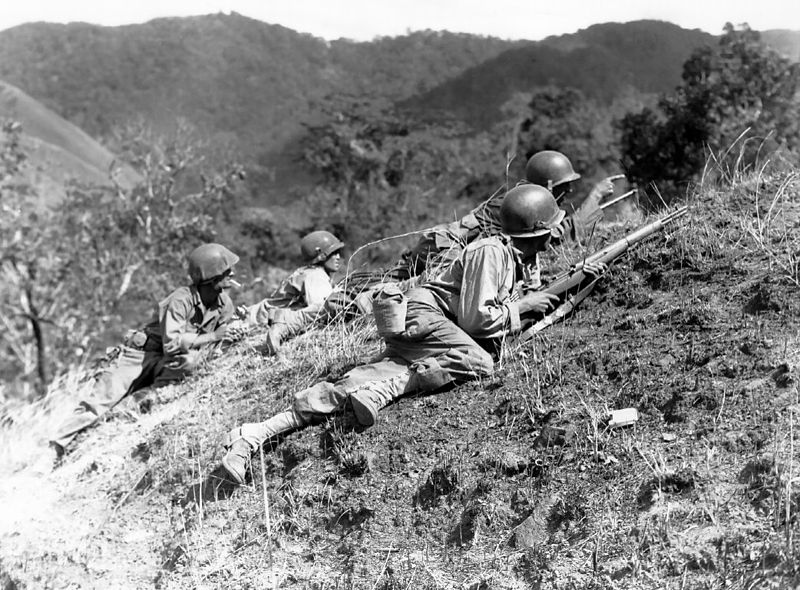
PRIDE MONTH ARMY HISTORY – THE REPEAL OF DON’T ASK, DON’T TELL (DADT) The end of the Army’s centuries-long history of discrimination against gay, lesbian, and bisexual soldiers actually began with the implementation of DADT in 1993. 

Meant as a temporary compromise between an absolute ban and wholly open service, DADT was by design meant to be slowly superseded by more inclusive policies in the future. This process was accelerated with President Obama’s State of the Union Address in January 2010.
The President’s call for outright repeal forced the Joint Chiefs to “get their act together,” and prepare to end DADT, according to Army Chief of Staff Gen. Casey. The DoD commissioned a series of studies and surveys to examine the potential impact of DADT repeal. 

Soldiers who had served with someone they knew to be gay or lesbian were asked to gauge that unit’s “ability to work together;” 92% of the entire force answered either net positively or neutrally, and 89% of Army combat arms units did so as well.
For soldiers who have actually served alongside gay, lesbian, and bisexual comrades, the sexual orientation of their fellow soldiers did not impact their ability to meet mission requirements.
As one special operations warfighter said: “We have a gay guy [in the unit]. He’s big, he’s mean, and he kills lots of bad guys. No one cared that he was gay.”
The DoD study’s release immediately changed the debate, and Army Chief of Staff Gen. Casey testified on 3 December that: “It seemed to me that the report called into question the basic presumption that underpins the law … So eventually, I believe, it should be repealed."
Congress quickly passed a bill mandating the full repeal of DADT, and on 20 September 2011 the last barrier to open and equal service faced by gay, lesbian, and bisexual soldiers fell forever.
#Armyhistory #USArmy #TRADOC #Pride2022 @SecArmy @ArmyChiefStaff @TRADOC @USArmy
#Armyhistory #USArmy #TRADOC #Pride2022 @SecArmy @ArmyChiefStaff @TRADOC @USArmy

• • •
Missing some Tweet in this thread? You can try to
force a refresh















